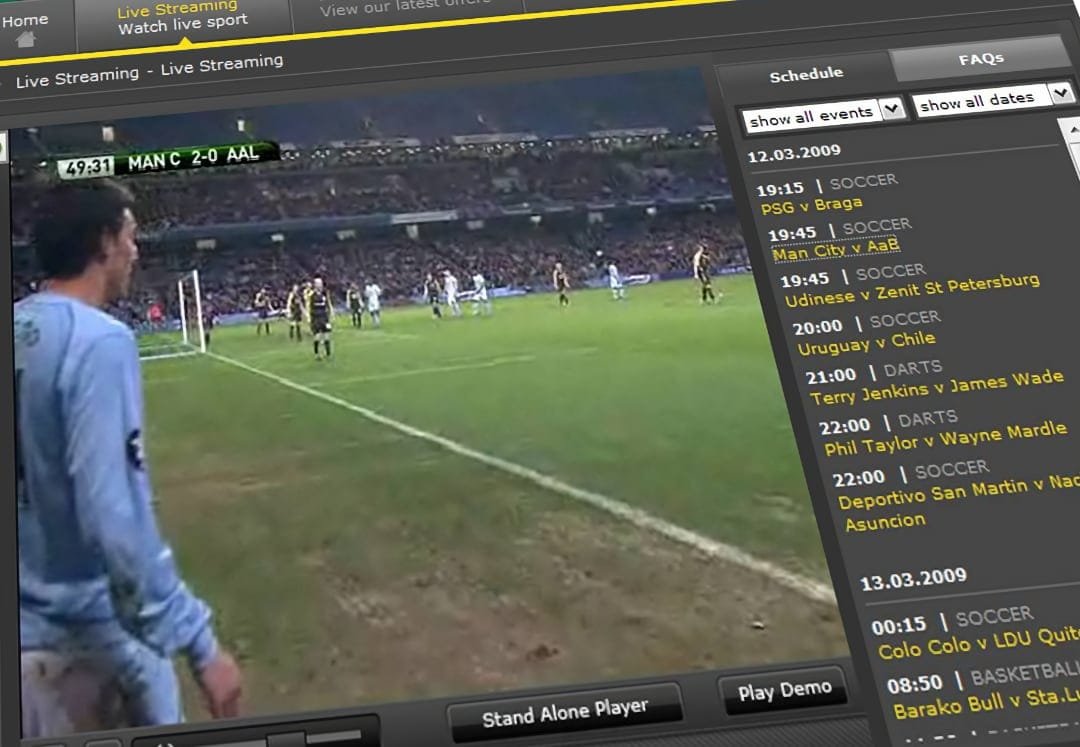Soccer Tactics: Understanding the Offside Rule
When it comes to Soccer, there are many rules and regulations that players and fans must understand in order to fully appreciate the game. One of the most important and often misunderstood rules is the offside rule. This rule plays a crucial role in determining the flow and fairness of the game, and understanding it can greatly enhance your enjoyment and knowledge of soccer. In this article, we will delve into the intricacies of the offside rule, exploring its history, purpose, and how it is applied in modern soccer.
The History of the Offside Rule
The offside rule has a long and fascinating history that dates back to the early days of soccer. In the early 19th century, when the game was still in its infancy, there were no specific rules regarding offside. Players were free to position themselves wherever they pleased, leading to chaotic and unstructured gameplay. However, as the sport grew in popularity and became more organized, the need for a rule to govern offside situations became apparent.
In 1863, the Football Association (FA) was formed in England, and they introduced the first official set of rules for soccer. These rules included the implementation of the offside rule, which stated that a player would be considered offside if they were nearer to the opponent’s goal line than both the ball and the second-to-last defender at the moment the ball was played to them.
Over the years, the offside rule has undergone several modifications and refinements to adapt to the changing nature of the game. The most significant change occurred in 1990 when the rule was revised to eliminate the requirement for two defenders between the attacker and the goal line. This change was made to encourage more attacking play and increase goal-scoring opportunities.
The Purpose of the Offside Rule
The offside rule serves several important purposes in soccer. Firstly, it helps to maintain fairness and prevent teams from gaining an unfair advantage by positioning players in offside positions. By penalizing players who are offside, the rule ensures that attacking players cannot simply camp out near the opponent’s goal, waiting for a pass to score an easy goal.
Secondly, the offside rule promotes a more dynamic and fluid style of play. It encourages players to move and create space, leading to more exciting and unpredictable gameplay. Without the offside rule, teams could employ a static and defensive strategy, making it difficult for the opposing team to penetrate their defense.
Lastly, the offside rule adds an element of strategy and tactical decision-making to the game. Coaches and players must carefully time their runs and passes to avoid being caught offside. This requires a high level of skill, awareness, and teamwork, making soccer a more intellectually stimulating and strategic sport.
How the Offside Rule is Applied
Now that we understand the history and purpose of the offside rule, let’s explore how it is applied in modern soccer. The offside rule is enforced by the match officials, specifically the assistant referees (commonly known as linesmen) who run along the sidelines of the field.
According to the current offside rule, a player is considered offside if they are nearer to the opponent’s goal line than both the ball and the second-to-last defender at the moment the ball is played to them. However, there are a few key exceptions to this rule:
- A player cannot be offside in their own half of the field.
- A player cannot be offside if they are level with the second-to-last defender or level with the last two defenders.
- A player cannot be offside if they are not involved in active play, meaning they are not interfering with an opponent or gaining an advantage from being in an offside position.
When an offside offense occurs, the assistant referee raises their flag to signal the infringement. The referee then stops play and awards an indirect free kick to the opposing team from the spot where the offside offense occurred.
Controversies and Challenges
Despite the efforts to clarify and simplify the offside rule, controversies and challenges still arise in its interpretation. The introduction of video assistant referees (VAR) in some leagues has added another layer of complexity to offside decisions. VAR technology allows match officials to review contentious decisions using video footage, including offside calls.
However, even with the aid of VAR, offside decisions can still be subjective and open to interpretation. The use of technology has led to debates about the precision and accuracy of offside calls, with some arguing that the margin of error should be taken into account to ensure fairness.
Conclusion
The offside rule is a fundamental aspect of soccer that adds depth, strategy, and fairness to the game. Understanding this rule allows players and fans to appreciate the tactical intricacies of the sport and enhances their overall enjoyment. While controversies and challenges may arise in its application, the offside rule remains an essential component of soccer, shaping the way the game is played and experienced.
So, the next time you watch a soccer match, keep a keen eye on the offside rule and observe how it influences the flow and outcome of the game. By understanding and appreciating this rule, you will gain a deeper understanding of the beautiful game of soccer.

